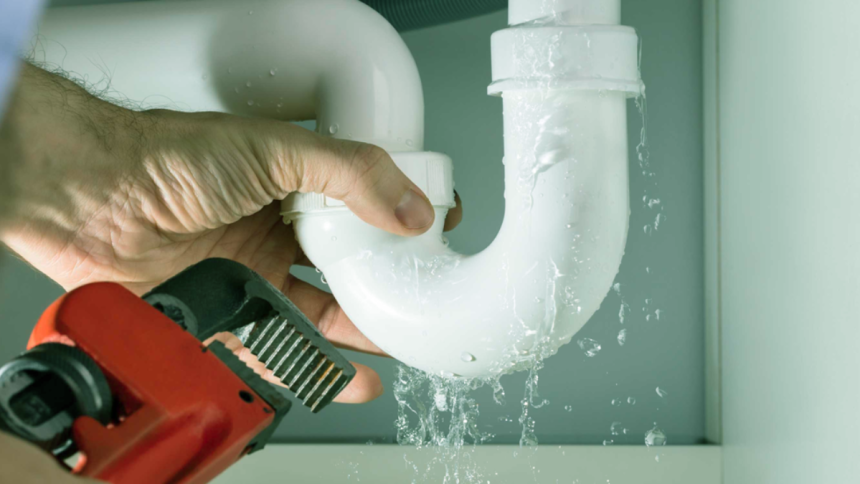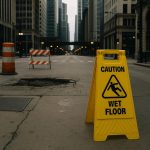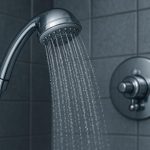Leaks are dangerous and a threat to a structure if not addressed promptly. Bathrooms are essential rooms in and play a big role in keeping our homes or offices clean and decent. Since they contain the most water fixtures, they are likely to experience water leek issues. Failing to address the issues promptly can cause significant damage and health hazards. Regularly inspection helps determine leaks and fix them to prevent structural damages and avoid costly repairs. But do you know how to detect or fix these bathroom leaks? You probably don’t and that is why we have made this guide. It will help you understand how you can inspect, and fix bathroom leaks after finding them.
Common Causes of Bathroom Leaks
Understanding what causes bathroom leaks will help you know where to inspect and what to look for. This is the first step to preventing further issues that can be costly.
Tub and shower leaks are bathroom issues most homeowners deal with. Cracked and loose tiles, worn-out caulking and damaged grout are some of the factors that cause these leaks.
Toilets leaks are another leading bathroom issue in structures. Most home owners might ignore them but they can be dangerous if left unfixed for long time. Factors that cause these problems are cracked toilet bowls, damaged supply lines and worn-out ring seals.
Sink and faucet leaks are not common. However, this does not means they should not be checked because can cause significant water wastage. Some things that cause these leaks are corroded pipes, sink cracks and loose connections.
How to Inspect and Find Bathroom Leaks
To correctly repair leak issues in your bathroom, you must detect the exact source of your bathroom leak. There are trusted ways to inspect and find bathroom leaks including visual inspection and structural assessment, water test, moisture meters and dye tests.
Visual Inspection
The first step to commence your leak detection journey is through visual inspection. All you need is your eyes. You don’t have to use special tools be trained to see water leaks. Check for mold growth, peeled off paint or water stains on floors that exist even when the bathroom is not being used.
Water Test
Water test is another way to inspect and locate leaks. You need to dry all surfaces in your bathroom and run water in different fixtures, one at a time. This helps you observe any signs of water escape or pooling. Pay attention to toilet bases, shower doors and tub edges to identify any water leak.
Moisture Meters
Moisture meters enable more precise detection. These meters can detect moisture in surfaces, help you trace where the leak originates and determine if there is any hidden water damage. Moisture meters are important tools in a home that help identify these leaks.
Dye Tests
These tests involve using dye to check for bathroom leaks. The approach helps find toilet leaks and provide you faster results. All you need to do is add a few drops of food coloring to a toilet tank and wait for approximately 20 minutes without flushing or interfering with the toilet. Check the toilet bowl and if the colored water appears, it means there is a leak.
Seek Professional Inspection
DIY inspection is great but there is a limit to what an untrained eye can see. In case you have tried the above inspection methods and have not identified the problem but still experiencing leak issues, seek profession assistance. Hunt’s Services has the best team of plumbers who are experienced and professional. They have equipment such as infrared cameras to measure and identify any hidden leaks in your bathroom and offer adequate repairs. Investing in professional plumbers pays off in the long run because they provide excellent and lasting solutions to bathroom leak issues.
Fixing Bathroom Leaks
Once you have identified leak source, it is time to address it. Use these common and simple repair methods to do away with bathroom leaks.
Shower door leaks
Clean the door and frame thoroughly and apply a new drip of silicone caulk along the edges of the door frame. You may also install a new door sweep along the bottom of the door.
Tub and shower leaks
Remove the old or damaged grout and clean the place thoroughly. Give it time to dry and apply silicone caulk to joints between the tub, shower and the surrounding area.
Toilet Leaks
Toilet leaks are mostly caused by faulty flapper and loose connection. Flush all the water and turn off water supply to make sure the toilet tank is dry. Depending on the issue, you can replace flapper or tighten the connections.
Sink and faucet leaks
Worn-out washers are common causes if sink leaks. Replace them and tighten loose connections under the sink. Smear silicone caulk around the faucet base and replace the cracked sink basin.
In conclusion, have you been struggling with bathroom leaks and wondering how to deal with them? Well, the first step you should take is to carefully inspect the entire bathroom and all its fixtures to determine if there is any possibility of leak. Ask for help from professionals if needed since bathroom leaks can be perilous. The earlier you fix the problem the better. This prevents structural damage and costly repairs or replacements.
Lynn Martelli is an editor at Readability. She received her MFA in Creative Writing from Antioch University and has worked as an editor for over 10 years. Lynn has edited a wide variety of books, including fiction, non-fiction, memoirs, and more. In her free time, Lynn enjoys reading, writing, and spending time with her family and friends.















